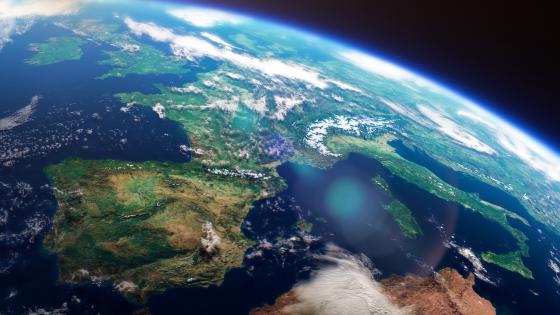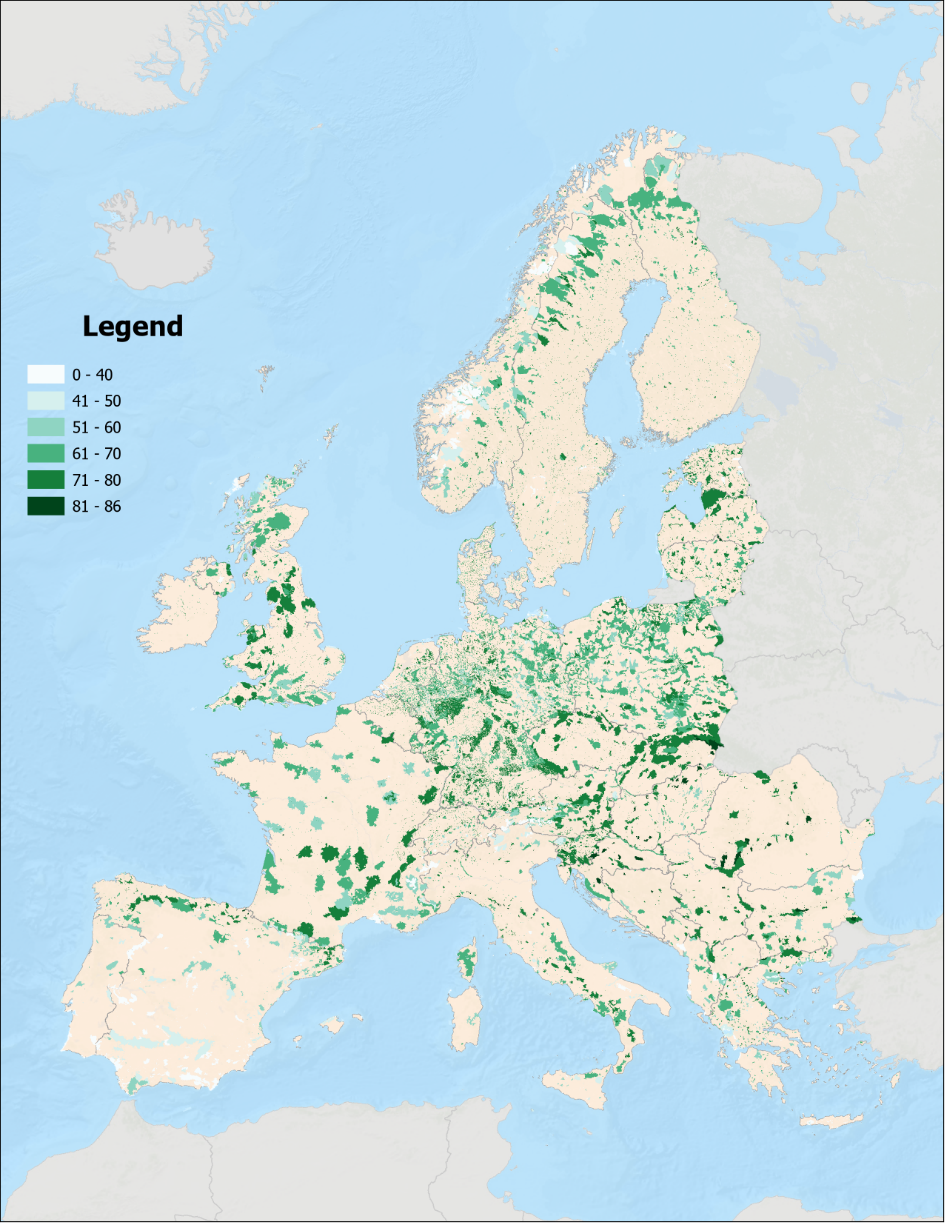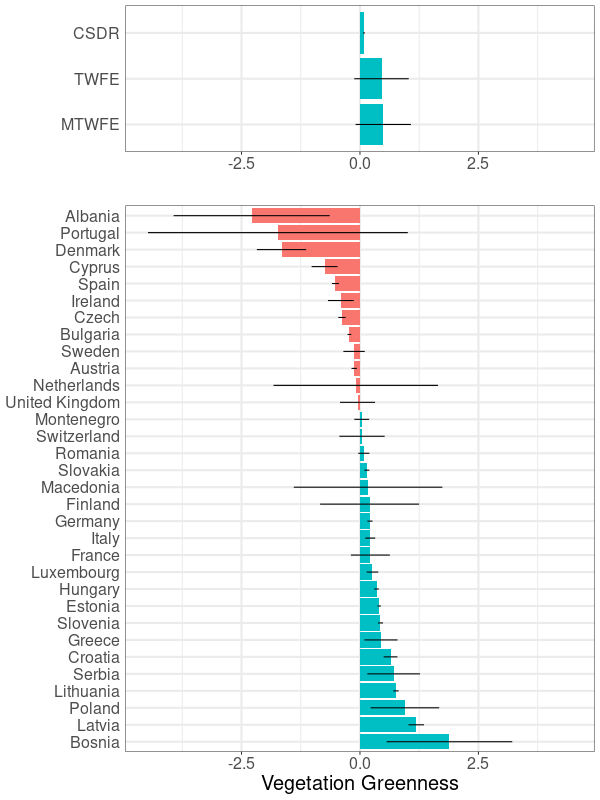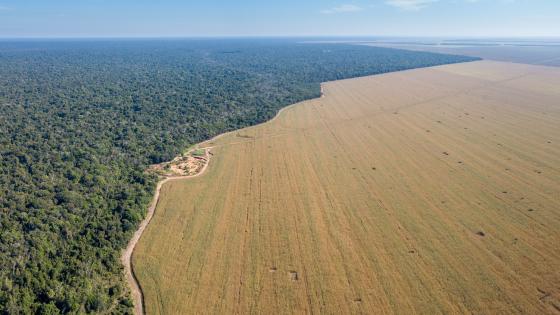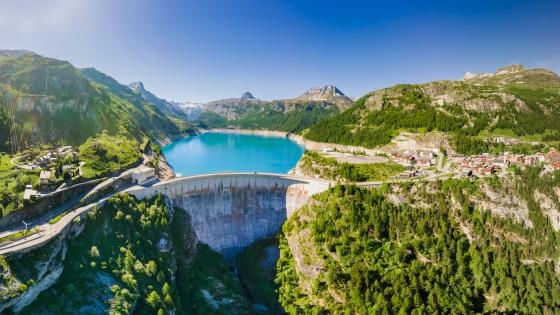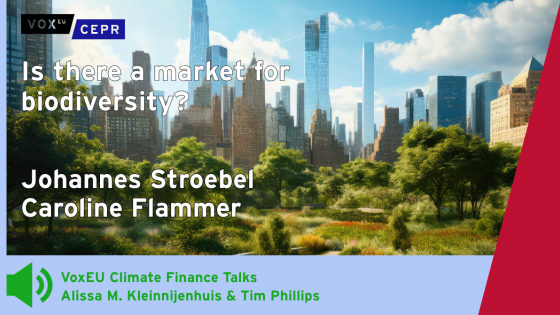The 15th Conference of the Parties (COP15) to the Convention on Biological Diversity concluded with an intention to protect 30% of the global land area by 2030. This makes land protection the primary instrument of governments’ efforts to restore biodiversity. Furthermore, land protection promises to alleviate deforestation pressure, build resilience to natural disasters, or even provide a space for recreation (Villeneuve and Grislain-Letrémy 2022). Currently the EU is one of the regions closest to meeting the ‘30x30’ goal, with over 25% of its land area protected in 2020.
Scientific evidence regarding the effectiveness of land protection for increasing biodiversity is growing, with particular attention paid to the benefits of protection in the Brazilian Amazon (Pfaff 2015, Assunc̡ão et al. 2022). This includes research stressing how the EU's trade policy with Brazil can help combat deforestation in the tropics (Harstad 2023). However, in our recent paper (Grupp et al. 2023) we note that the literature has not yet paid much attention to protection policies in the EU and the US. We thus aim to plug this research gap with respects to the EU, specifically examining the EU’s domestic land use policies – some of the most ambitious and comprehensive protection policies globally - and their performance.
Land use in the EU
Land-use dynamics in the EU to date have been very different from those in the Amazon. Europe has greened substantially over the last century. Since 1990, the EU has gained an area of forest equal to the size of Portugal. Moreover, this trend is not confined to the last three decades. The Historic Land Dynamics Assessment (HILDA) reveals that the percentage of land covered by forests increased from just over 20% in 1900 to nearly 35% of the EU's land area in 2020 with a substantial forest gain in each decade since the 1940s.
At the same time, the EU has been gradually protecting more and more land. Figure 1 illustrates the vast expanse of protected areas in the EU as of 2019. Protected areas included in the EU’s “designated areas” database encompass entire mountain ranges in France, old-growth forests in Poland and the Czech Republic, and various other ecosystems. The intensity of green in the figure reflects the greenness within each protected area as observed from satellite imagery from 2019. The greenness is measured by the NDVI index, defined as the ratio of red and near infrared values. NDVI is a reliable measure of local vegetation growth and health. The combination of the expanding protected area programme and the growth in EU-wide forest cover prompts a critical question: have the land protection efforts of EU member states contributed to the continent's greening?
Figure 1 Protected areas in the EU ranked by a greenness index
Source: Grupp et al. (2023).
Our study
To address that question, we conducted a comprehensive analysis using remote-sensing data dating back to 1985, providing a 30-year biennial panel. We divided the EU into over 100 million small grids, enabling us to analyse land parcels at a 300-metre resolution. For each grid cell, we measured the greenness observed in satellite imagery. We compliment this with data on the establishment of protected areas and their location as provided in the publicly accessible CDDA database. This allows us to track whether greenness increased in grid cells after they were designated as protected areas. However, this comparison alone does not reveal the effects of protection on the EU's greening. It could be that grids outside of protected areas are also greening. This is especially relevant because of the EU’s general trend in land-use conversion to forest.
To identify the causal effect of land protection on vegetation greenness, we develop a staggered difference-in-differences design. Implementing Callaway and Sant’anna (2020), the method matches treated and control land by drivers of vegetation production. We specifically match land on their climate, soil, and elevation characteristics. Controls are limited to come from the same country as their matched treated plot. The estimator also performs an outcome regression on these same covariates, creating a doubly-robust estimator of the treatment effect. The gradual introduction of 118,000 treated areas in our dataset allows us to identify a rich set of dynamic treatment effects.
Our findings
Figure 2 presents our key findings: the estimated average treatment effect of protection on greenness for the entire EU (top panel) and individual EU countries (bottom panel). Across the entirety of the EU, protected areas appear to have greened no differently than similar land which was never protected. The EU-wide treatment effect of land protection on greenness is estimated at 0.08 (0.01) NDVI points. For reference, transitions between land uses typically involve a change in greenness on the order of 10 or 20 NDVI points in the Mediterranean climate zones. These doubly-robust treatment effects are calculated for all protected areas which started protection between 1989 and 2019 and are based on 30 years of underlying data. When we look at the distribution across countries, even the countries with the largest positive effects of land protection are only gaining 1-2 vegetation points. In essence, this points to a precise zero effect.
We find even stronger evidence of a precise zero effect by analysing heterogeneity in treatment effects. In particular, an average treatment effect of zero does not exclude the possibility that that some areas benefitted from protection. Using a recent nonparametric, doubly-robust machine learning-based framework, we extract conditional average treatment effects which allow for extensive heterogeneity analysis (Athey and Wager 2018). In essence, this procedure allows us to estimate treatment effects across the covariate space to estimate if, for example, treatment effects are more positive in areas with lower initial greenness. Our findings reject the presence of statistically significant heterogeneity in the data beyond 1-2 NDVI points on any of our observable covariates.
Figure 2 The effect of land protection on greenness for every country in the EU (bottom panel) and across the entirety of the EU (top panel, with CSDR being our preferred estimate)
Note: CSDR: Callaway and Sant’Anna doubly-robust eimator; TWFE: two-way fixed-effects estimator; MTWFE: matched two-way fixed-effects estimator.
Source: Grupp et al. (2023).
Picking the low-hanging fruit
Member states appear to have protected land that was at minimal threat of economic development, such as areas that had already been left to nature or land recently abandoned by agriculture. While this approach may create the appearance of an effective protection policy with minimal economic costs, it does not address the core issue of conserving nature under imminent development pressure. This pattern of ‘cheap protection’ has persisted over time, with protection efforts in the last decade proving no more effective than those in the 1990s.
Recently, the EU ratified its ambitious Nature Restoration Law, envisioning the protection of 30% of its landmass in line with COP15 discussions. However, we argue that this target may not be as challenging as it seems, as the EU possesses ample idle land that can easily be designated as nature. A truly ambitious protection plan would carefully weigh the ecological gains against the economic costs of protection. Our evaluation indicates that, thus far, the balance has leaned toward minimising economic costs. While the EU's plan appears ambitious, more rigorous efforts are needed to protect nature where it faces the most significant threats. As rightly stated in the Nature Restoration Plan, nature needs our help, not just in distant lands but also closer to home.
References
Assunc̡ão, J, R McMillan, J Murphy and E Souza-Rodrigues (2022), “Optimal Environmental Targeting in the Amazon Rainforest”, The Review of Economic Studies (64).
Grupp, T, P Mishra, M Reynaert and A A van Benthem (2023), “An Evaluation of Protected Area Policies in the European Union”, NBER Working Paper no. 31934.
Harstad, B (2023) “Trade and trees: How contingent trade agreements can reduce deforestation”, VoxEU.org, 2 December.
Pfaff, A, J Robalino, C Sandoval and D Herrera (2015), “Protected Areas’ Impacts on Brazilian Amazon Deforestation: Examining Conservation – Development Interactions to Inform Planning,” PLOS ONE 370 (1681): 20140273.
Reynaert, M, E Souza-Rodrigues and A A van Benthem (2023), “The Environmental Impacts of Protected Area Policy,” Regional Science and Urban Economics.
Villeneuve, B and C Grislain-Letrémy (2022), “Better land use and insurance to mitigate natural disasters”, VoxEU.org, 27 April.
Wager, S and S Athey (2018), “Estimation and Inference of Heterogeneous Treatment Effects Using Random Forests”, Journal of the American Statistical Association 113 (523): 1228–1242.
Winkler, K, R Fuchs, M D Rounsevell and M Herold (2020), “HILDA+ Global Land Use Change between 1960 and 2019”, PANGAEA 921846.
